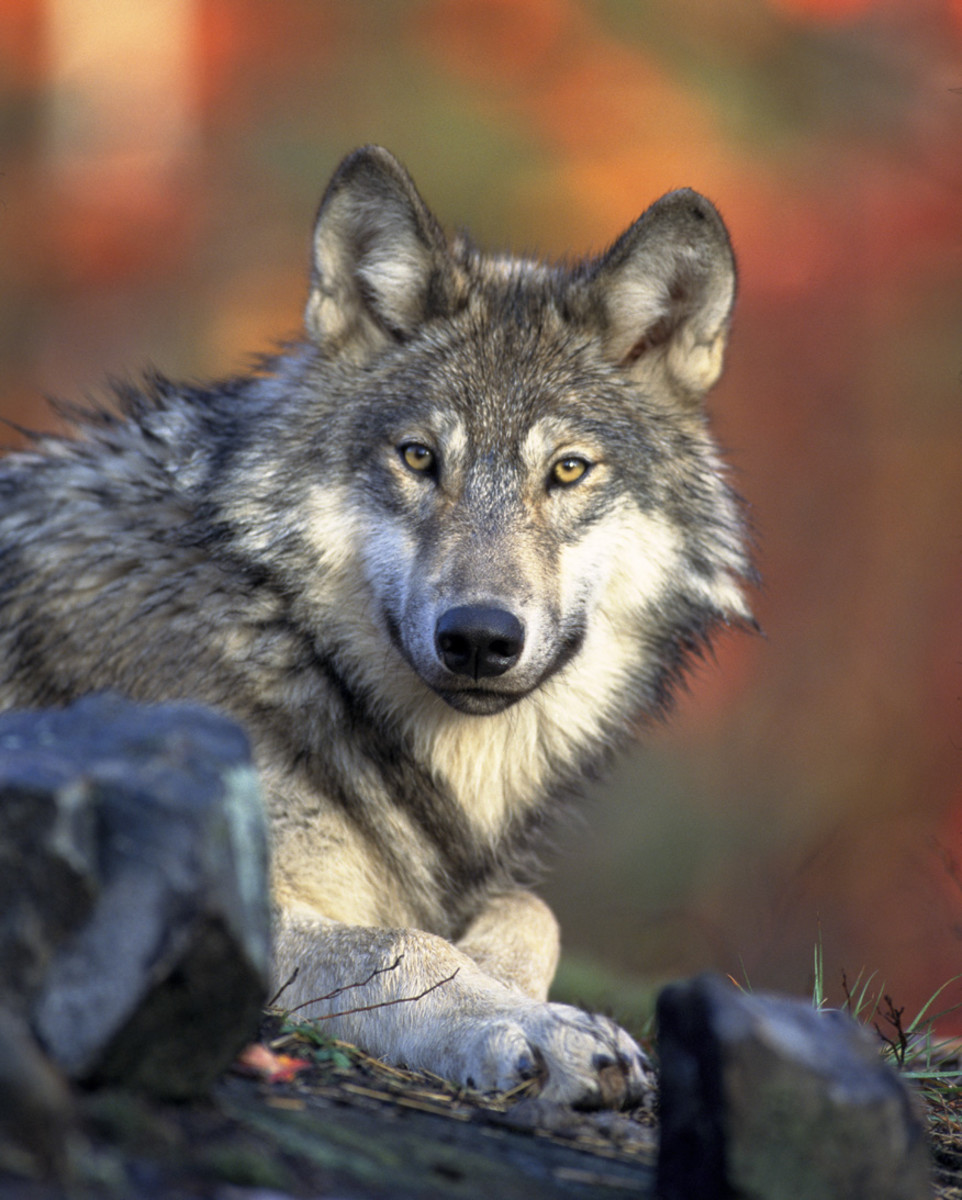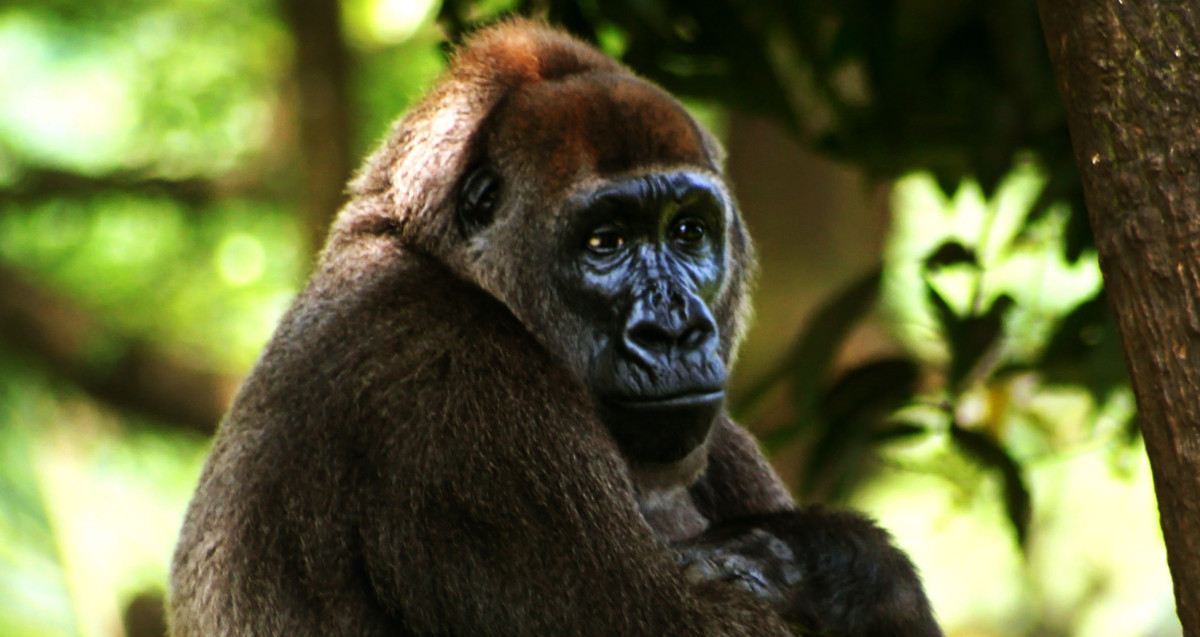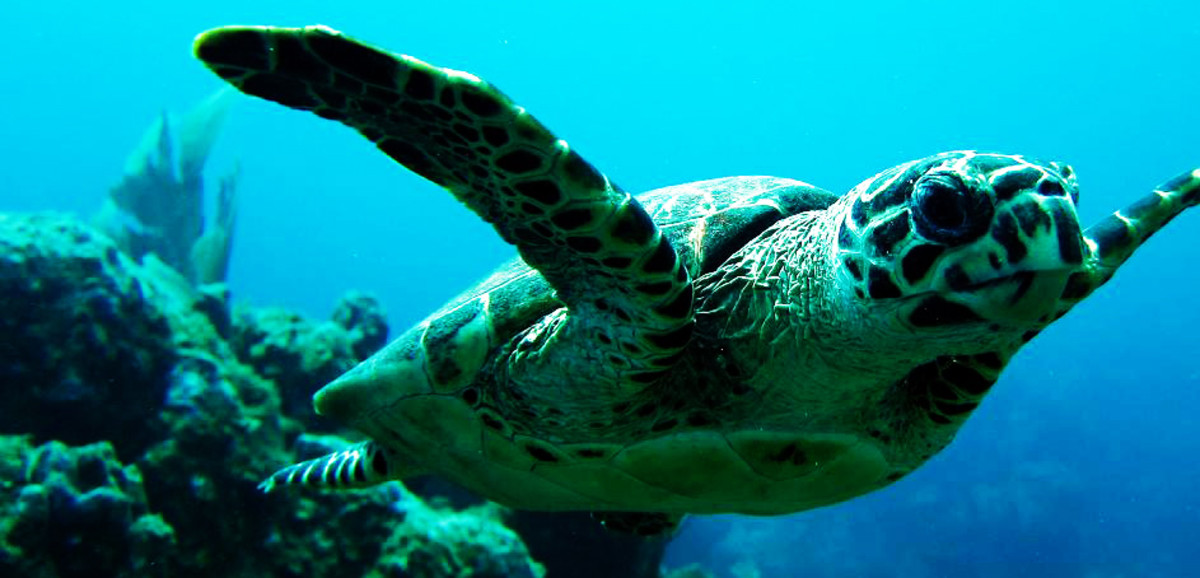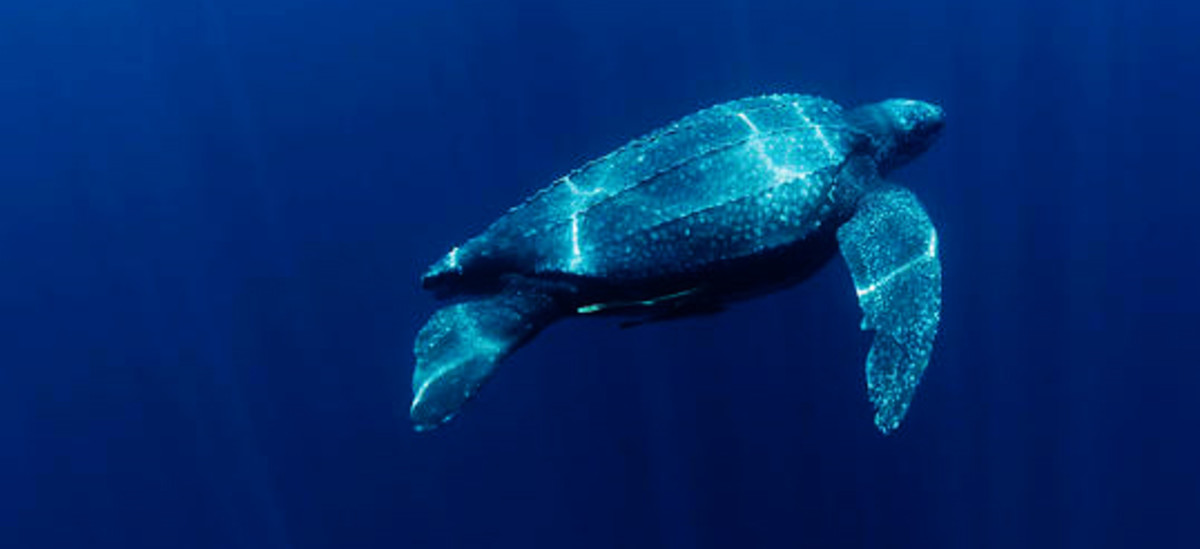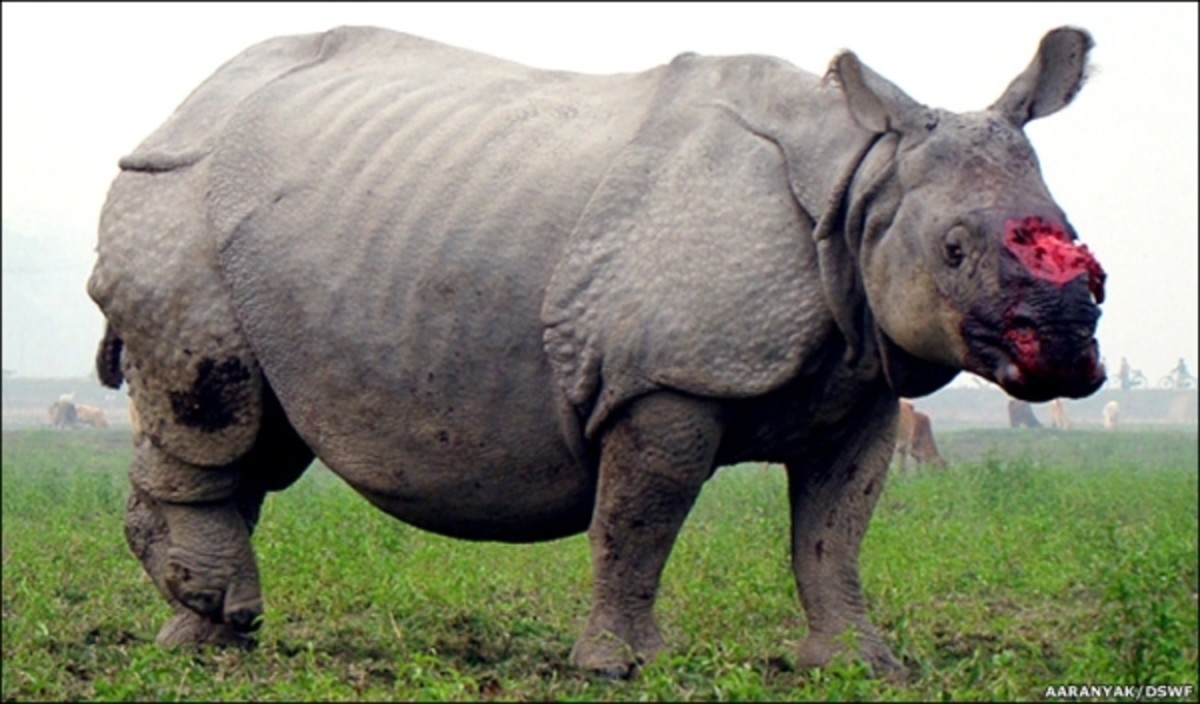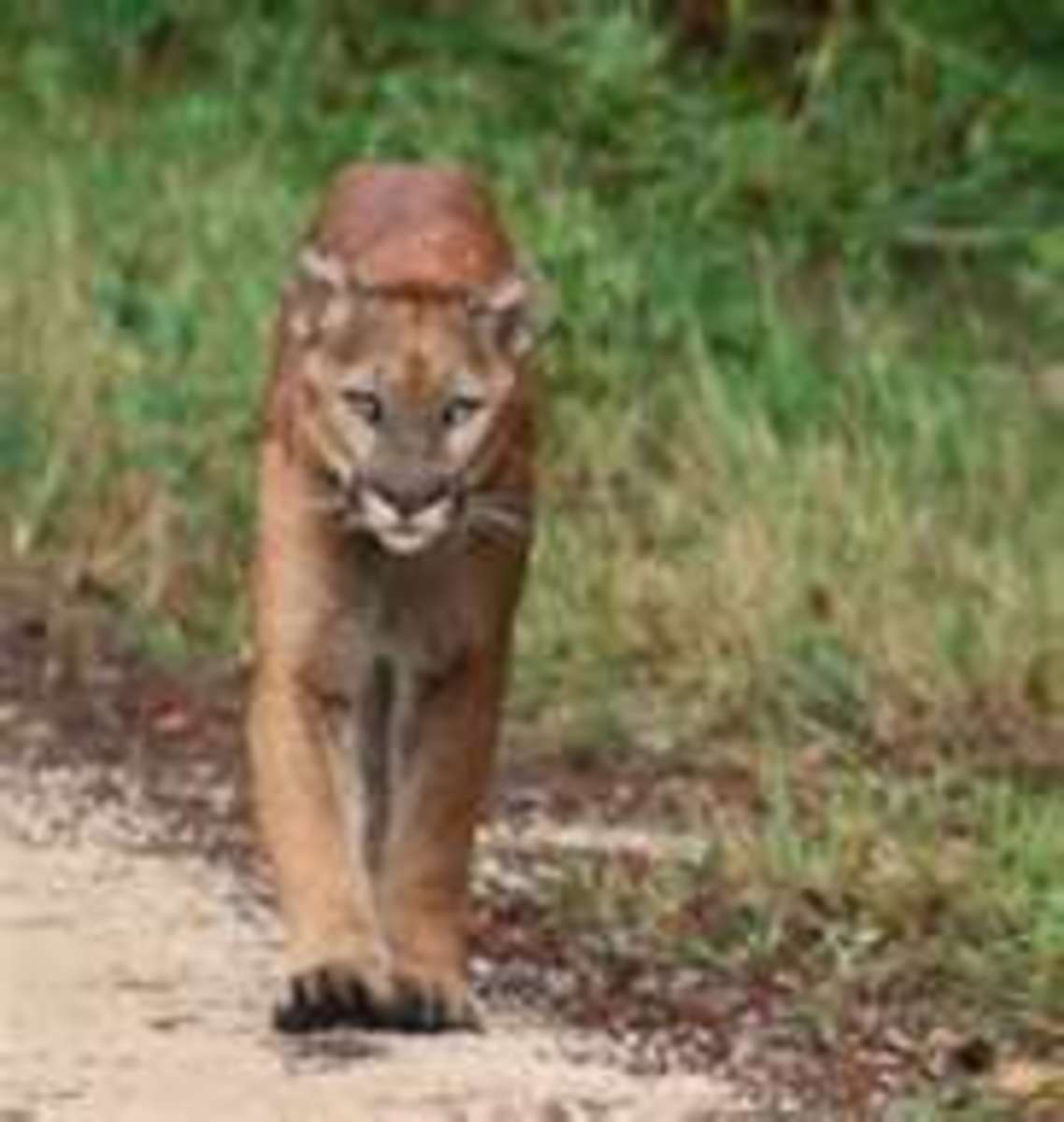- HubPages»
- Education and Science»
- Life Sciences»
- Endangered Species
Critically Endangered Species: The Animals You May Soon Never See Again
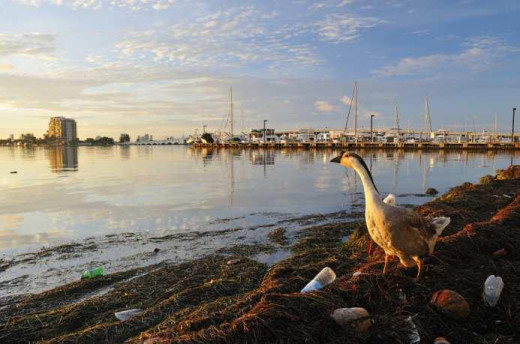
Do you really know what endangered means?
Endangered means "A plant or animal that is seriously at risk for extinction". We hear talk of endangered species pretty frequently. But how many of us really pay attention to it? Our own lives are busy and hectic. There really isn't a lot of time to ponder over that which we cannot see happening in front of us. But it is happening. Every. Single. Day. And all over the world.
It is estimated that no less than 150 plants, birds, insects, and mammals become extinct every day. This figure is far above what would be considered a natural extinction rate in the world. But it happens, and will probably continue to happen unless very big changes are made. And most humans are not even aware. Pretty mind boggling, right? Awareness is a small step, but it is a step nonetheless. And a critical step as well. Because without awareness, it's as if it's not even happening.
Sumatran tiger
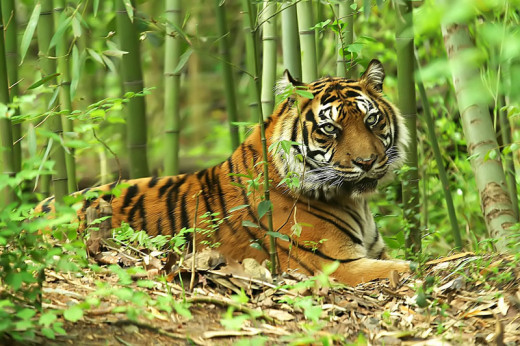
Sumatran Tiger
The Sumatran tiger is dangling by a very small thread in it's natural habitat, located on the island of Sumatra (hence the name), in Indonesia. They are distinguished from other related tigers by their darker black stripes, and smaller size. It is critical right now for these tigers. In 2008 the entire Sumatran tiger population was estimated between 400 and 700 animals living in the wild. The current estimate is much more grim. It is estimated that are there are LESS than 400 wild Sumatran tigers left. They are fighting to survive because of habitat loss, loss of prey, and illegal wildlife trading.
There have been quite a few conservation efforts set up in the last 10-20 years. It is difficult because there is not a lot of viable habitat left for these animals, and poaching and wildlife trading is illegal, but still happens much more than it should. Unfortunately these beautiful animals are still in danger, and at this rate will soon be gone if things don't take a turn.
Javan rhino
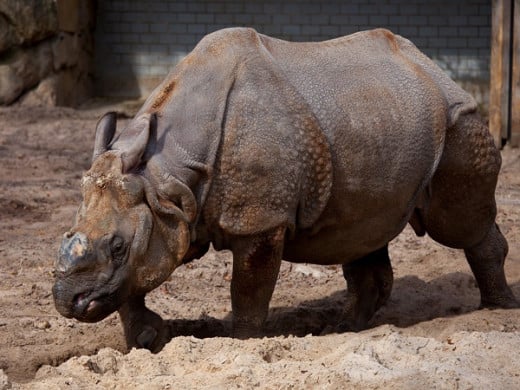
Javan rhino
There is a good chance you have never even heard of this rare species of rhino. It is a dark gray color, with a horn that can grow to be up to 10 inches long! But they are in big trouble. Out of the five species of rhino that currently exist, the Javan rhinos future is looking quite dim. There are only 60 of these beautiful creatures in existence, and they reside in Ujung Kulon National Park in Java, Indonesia. As you see they are very close to being wiped out, and there are many factors working against these poor rhinos.
One problem is the fact in itself that there are so few left. It causes inbreeding and generally unhealthy offspring, because there are not many mates for the animals to choose from. Also, disease is a big problem that is introduced to them by human interference. Cattle will pick up diseases, and then transfer the same disease to the rhinos. Other issues facing the Javan rhino include invasive species of plants, which contributes to their main food sources being cleared out, and also natural disasters, which this area is quite well known for.
Scientists don't know a whole lot about these rhinos either, and that surely doesn't help matters. But they have been trying to learn more about them, and keep track of their whereabouts , breeding habits, etc. The biggest effort is habitat management, because if they have no food to eat, they obviously cannot be expected to survive for our kids and grandkids to enjoy learning about.
Vaquita
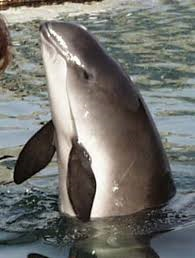
Vaquita
Again, another animal which most of us have probably never heard of. And sadly, most possibly never will. They make their home in the ocean off the Gulf of California. The Vasquita is the rarest of the cetaceans, which includes porpoises, dolphins, and whales. The number of these creatures existing in the wild are very small, roughly estimated at less than 100 individuals. They are very rarely seen. At the rate they are going, they could disappear completely as soon as the year 2018.
The biggest threat these beautiful sea creatures face is getting caught in fishing traps intended for other animals. It is generally illegal to use these nets, but is permitted on occasion. However, the laws set up to protect these great animals is rarely ever followed by fisherman. There have been recent efforts within the last year to try and pass harsher laws restricting the use of these nets where there are populations of Vaquita. We can only hope that soon we will see success from these new measures that are being taken.
Saola
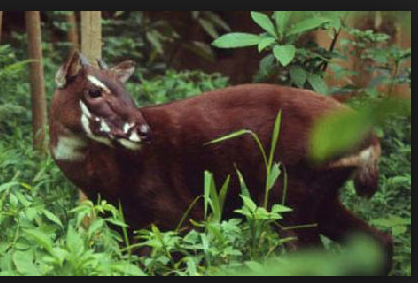
Saola
This lovely animals is a species of Antelope, and makes it's home in what remains of the forests in north-central Vietnam. It's a pretty amazing animal for a lot of reasons, but one major reason is that it avoided being discovered by humans up until 1992! This was a huge discovery for scientists, and was the first new large mammal discovery in the last 50 years at that time. Their exact population is unknown, but is estimated at no more than 20 individuals. It would be such a shame to lose this beautiful creature so shortly after discovering it's existence. It was already considered extremely threatened after it's discovery in 1992, and things have only gotten worse.
They are up against habitat loss, illegal hunting for their horns, and also hunting traps. They are often inadvertently caught in traps that are set for other animals that may threaten crops of the area residents. They do not survive well in captivity, and so breeding in zoo's, etc. really is not an option. There are things being done to help protect their wild populations, including harsher laws, scientific research, and forest management. But with such small numbers, it is clearly an uphill battle of epic proportions for these sweet little guys.
Hawksbill turtle
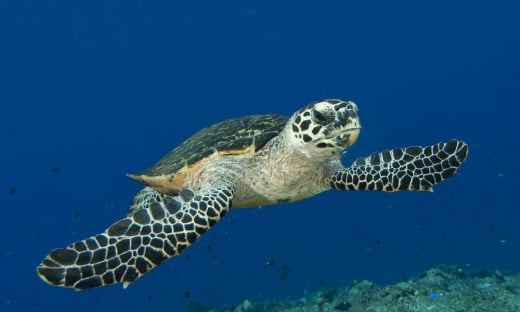
Hawksbill turtle
The Hawksbill turtle (named for it's beak-like mouth), makes it's home in warm tropical oceans, mainly in places where you will find coral reefs. Hawksbill turtles, and other turtles as well, are some of the oldest inhabitants of the earth. They have been around for nearly 100 million years! This obviously gives us the idea that turtles are pretty hardy creatures that can withstand almost anything. But, unfortunately they cannot withstand human interference so well.
Habitat loss, hunting, bycatch (becoming caught on hooks intended for fish), and pollution continue to harm the current and future generations of these graceful sea turtles. Unfortunately for the Hawksbill turtle, people love it's beautiful shell so much that many are selfish enough to want it for jewelry and ornaments. This has hurt the turtles numbers very badly, and although there are laws in place to stop this sort of thing, it continues on. It is unknown exactly how many of the turtles exist, but there are estimated to be around 20,000 nesting females. There are measures being taken to preserve their delicate habitat, but pollution is very hard to control because it takes a very large number of people from all over to stop littering. Also if fisherman would switch to a more turtle friendly type of hook, it will eliminate the possibility of them accidently being caught on the hooks. They need a safe place to swim, hunt, and nest and their future depends on our efforts to provide this to them.
So what can you do?
Every little tiny bit helps in this situation. Progress begins in small steps. Donations, no matter how big or small, really go a long way to providing the ability to do research and the ability to track endangered animals. Also STOP polluting. This harms all animals, not just ones that are already endangered. And it will put animals who are not endangered at risk of becoming endangered. Please do your part so that all of the worlds creatures can be enjoyed for a long time to come.

